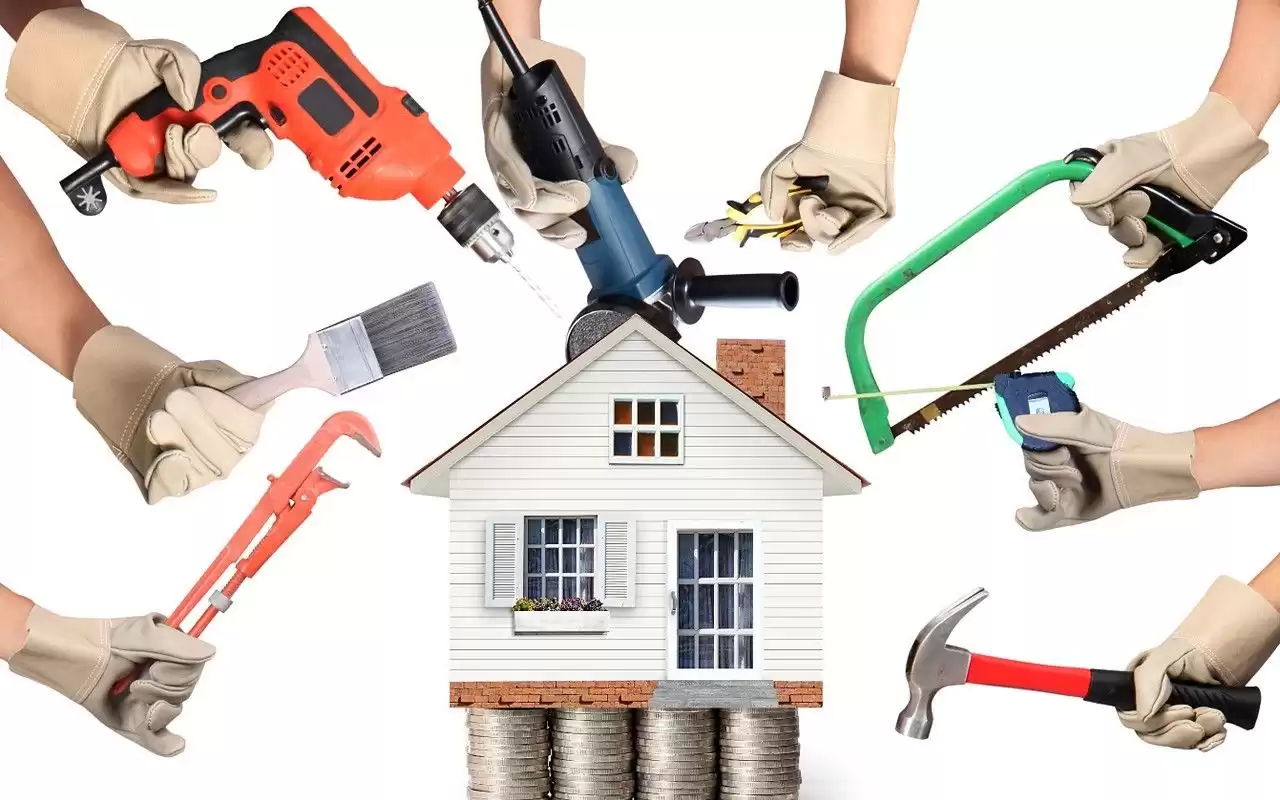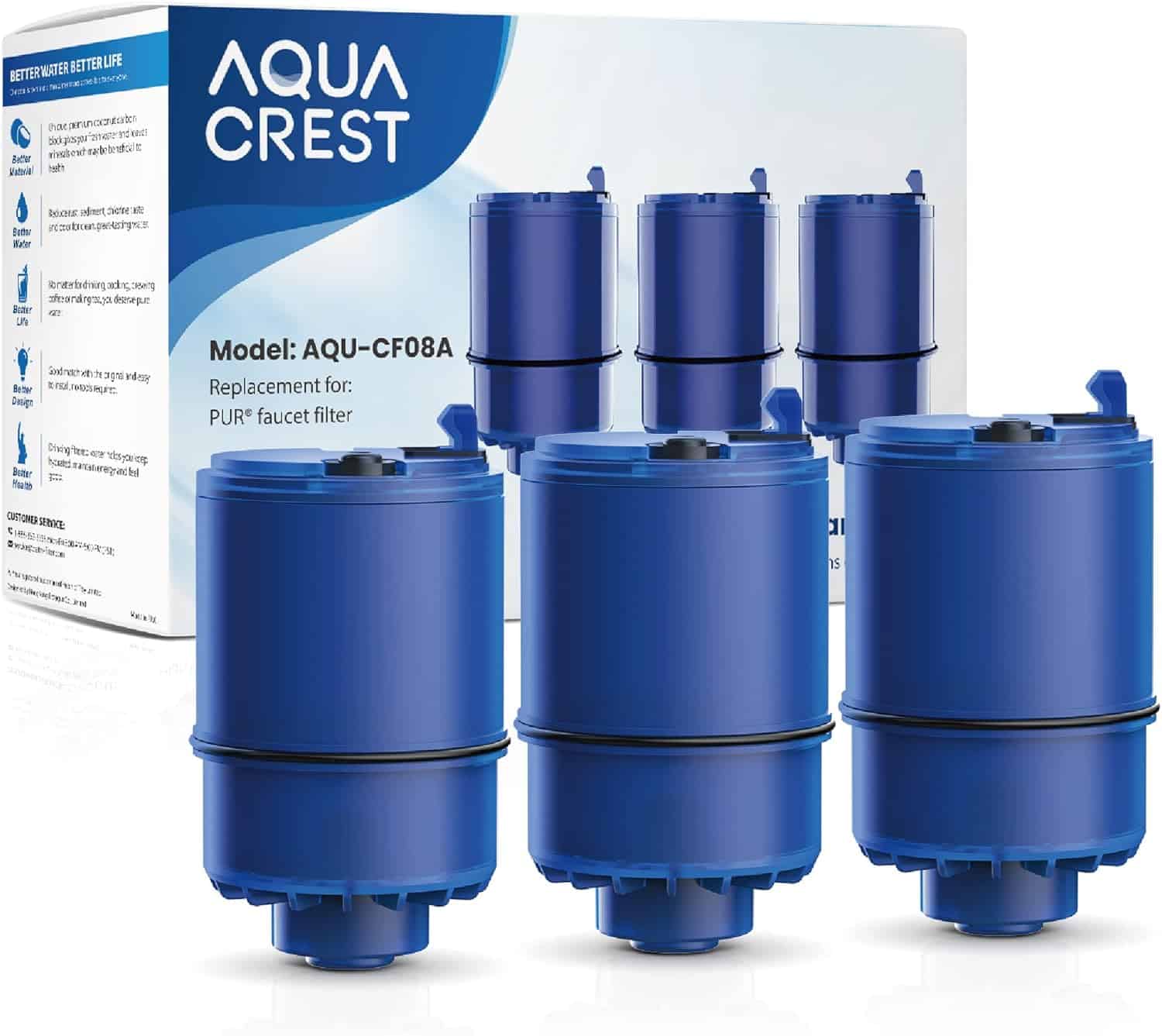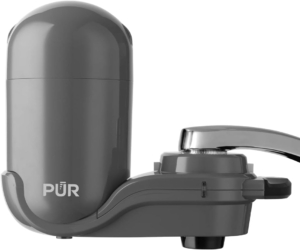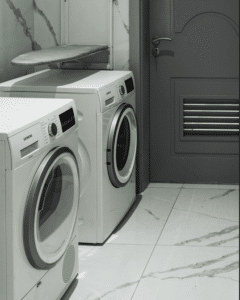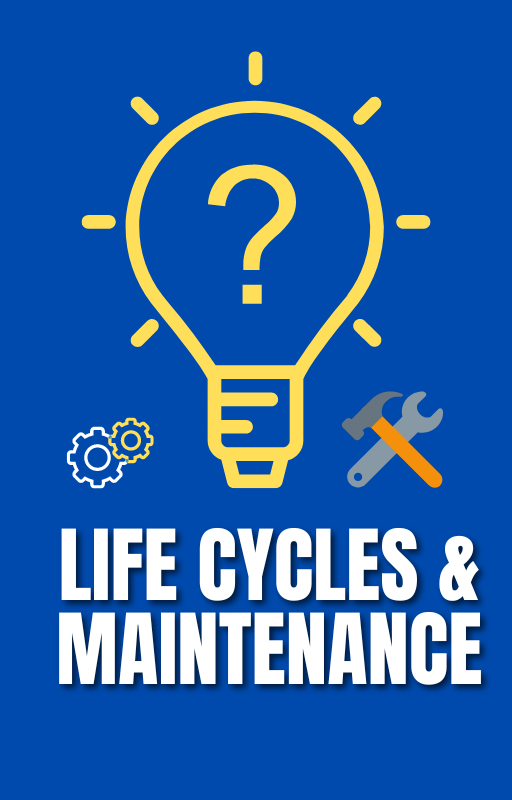How to Troubleshoot Common Problems
with Your Kitchen Range
How to Troubleshoot Common Problems with Your Kitchen Range Walking into a kitchen filled with the aroma of a delicious meal is a joyous moment for everyone. This joy, however, can quickly turn sour when your kitchen range starts acting up. From uneven heating to the oven not igniting, the problems could range from petty annoyances to major hitches. Not to worry, this guide is here to help you troubleshoot common problems with your kitchen range. The aim here is to assist you in identifying the exact issue, finding a quick solution, and getting back to cooking your favorite meals in no time.
Understanding Your Kitchen Range
Different Types of Kitchen Ranges
Kitchen ranges come in various types, each with its own set of features and benefits. Understanding the different types can help you choose the right one for your cooking needs.
- Freestanding Ranges: These are the most common types of kitchen ranges found in homes. They feature a cooktop and an oven in a single unit, making them versatile and convenient. Freestanding ranges are easy to install and can be moved if needed.
- Slide-In Ranges: Slide-in ranges are similar to freestanding ranges but have a sleeker design. They are designed to fit seamlessly between cabinets, giving your kitchen a more integrated look. These ranges usually have controls on the front, making them easily accessible.
- Drop-In Ranges: If you’re looking for a more customized and built-in appearance, drop-in ranges are a great option. They are installed directly into your cabinetry and provide a seamless look in your kitchen. However, keep in mind that drop-in ranges can be more challenging to replace or upgrade.
Common Components of a Kitchen Range
To troubleshoot common problems with your kitchen range effectively, it’s helpful to understand the key components that make up this appliance. Here are the common components you should be familiar with:
- Cooktop: The cooktop is the surface on which you place your pots and pans for cooking. It can be made of various materials such as glass, ceramic, or stainless steel. Gas ranges have burners that produce a flame, while electric ranges have heating elements.
- Oven: The oven is where you bake or roast food. It typically has a temperature control knob or digital display to set the desired heat level. The oven may have multiple racks to accommodate different dishes simultaneously.
- Control Panel: The control panel houses the knobs or buttons that allow you to adjust the settings of your kitchen range. It enables you to control the temperature, cooking mode, and other functions.
- Burners or Heating Elements: Burners or heating elements provide the heat necessary for cooking. Gas ranges have burners that distribute flames evenly, while electric ranges have heating elements that heat up when electricity flows through them.
- Broiler: The broiler is a separate heating element located at the top of the oven. It is used for tasks such as browning the top of casseroles or melting cheese on a dish.
- Timer: Many kitchen ranges come with a built-in timer that allows you to set a specific cooking time. This feature is especially useful when you need to step away from the kitchen but still want to ensure your food is cooked perfectly.
Troubleshooting Tips for Common Range Problems
Range Not Heating Properly
Is your range not heating up as it should? There could be a few reasons for this issue. One possible cause is a faulty heating element. To troubleshoot this problem, start by checking if the element is visibly damaged or broken. If so, it will need to be replaced. Another possible cause could be a malfunctioning thermostat. In this case, you may need to call a professional to diagnose and fix the issue.
Uneven Heating in the Oven
Do you notice that your oven is not heating evenly, resulting in unevenly cooked dishes? This can be frustrating, but there are a few things you can try to resolve the problem. First, make sure that you’re using the right cookware for your oven. Uneven heating can occur if the cookware is too large or if it’s not distributing heat properly. Additionally, you can try rotating your dishes halfway through the cooking process to ensure even heat distribution.
Burners Not Lighting
If your burners are not lighting up when you turn the knob, there are a few potential causes. The first thing to check is if the burner caps and heads are clean and free from debris. Sometimes, a simple cleaning can solve the problem. If the burners are clean but still not lighting, it could be an issue with the spark module or the igniter switch. Consider seeking professional help to diagnose and fix the problem.
Oven Door Not Closing Properly
A loose or misaligned oven door can lead to heat loss and inefficient cooking. If you’re experiencing this issue, check if the door hinges are loose or damaged. Tighten any loose screws, and if needed, replace the hinges. Another possible cause could be a faulty door seal. Inspect the seal for any signs of wear or damage, and replace it if necessary.
Strange Odors or Smoke
If you notice strange odors or smoke coming from your range, it’s important to address the issue promptly. One common cause of this problem is food debris or grease buildup inside the range. To solve this, remove the burners, drip pans, and grates, and thoroughly clean them. If the issue persists, there may be an electrical problem or a faulty component. In such cases, it’s best to consult a professional to avoid any safety hazards.
Control Panel Malfunctions
If your range’s control panel is malfunctioning or not responding properly, there are a few steps you can take to troubleshoot the issue. First, check if any buttons are stuck or if the panel is dirty. Clean the panel with a soft cloth and ensure that all buttons are functioning correctly. If the problem persists, try resetting the range by turning off the power at the circuit breaker for a few minutes. If none of these steps work, it’s recommended to contact a professional for further assistance.
Safety Precautions and Maintenance
When it comes to troubleshooting common problems with your kitchen range, ensuring safety should be your number one priority. Taking the necessary precautions and maintaining your appliance properly can help prevent accidents and ensure its longevity. In this section, we will discuss general safety guidelines, cleaning and maintenance tips, as well as when it’s best to call a professional.
General Safety Guidelines
To ensure a safe working environment in your kitchen, it’s important to follow these general safety guidelines when using your kitchen range:
- Keep flammable objects away: Ensure that any flammable objects, such as kitchen towels or curtains, are kept at a safe distance from the range while it’s in use. This helps reduce the risk of accidental fires.
- Use proper ventilation: Adequate ventilation is essential when cooking. Make sure your kitchen is well-ventilated to prevent the accumulation of harmful gases, such as carbon monoxide, which can be produced during the cooking process.
- Be cautious with hot surfaces: Kitchen ranges can get extremely hot during cooking. Avoid touching hot surfaces and always use potholders or oven mitts when handling pots, pans, or any other hot cookware.
- Keep children and pets away: Create a safe zone around your kitchen range and ensure that children and pets are kept away while it’s in use. This prevents accidental burns or injuries.
- Unplug when not in use: When performing any maintenance or cleaning tasks, always unplug your range to minimize the risk of electric shock.
Cleaning and Maintenance Tips
Proper cleaning and maintenance can greatly extend the lifespan of your kitchen range and keep it running smoothly. Here are some tips to help you maintain your appliance:
- Regularly clean the burners: Food residue and spills can accumulate on the burners, affecting their performance. Clean the burners regularly using a non-abrasive cleaner and a soft cloth to remove any buildup.
- Wipe down the control panel: The control panel can accumulate grease and grime over time. Use a mild detergent and a soft cloth to wipe down the panel, ensuring it remains clean and easy to operate.
- Clean the oven regularly: Regularly cleaning the oven helps prevent the buildup of food residue and grease, which can cause unpleasant odors or even smoke during cooking. Follow the manufacturer’s instructions for cleaning your specific oven model.
- Inspect and replace worn-out parts: Over time, certain parts of your range may wear out or become faulty. Regularly inspect the knobs, burners, and heating elements for any signs of damage or malfunction. If needed, replace these parts promptly to maintain optimal performance.
When to Call a Professional
While some kitchen range problems can be fixed with basic troubleshooting, there are instances when it’s best to leave it to the professionals. Consider calling a professional if:
- The appliance produces unusual smells or emits smoke during operation.
- The burners fail to heat up or maintain a consistent temperature.
- The oven fails to cook food evenly or doesn’t heat up properly.
- There are electrical issues, such as frequent tripping of circuit breakers or sparks coming from the range.
Remember, attempting to fix complex issues without the proper knowledge and expertise can be dangerous and may cause further damage to your kitchen range. It’s always better to seek professional help when in doubt.
Note: If you are unsure about any aspect of troubleshooting or maintenance, it is always recommended to consult the manufacturer’s instructions or contact a professional for assistance.
Conclusion
In conclusion, troubleshooting common problems with your kitchen range doesn’t have to be a daunting task. By following the step-by-step methods outlined in this blog post, you can easily identify and resolve issues such as a malfunctioning burner, an oven that won’t heat up, or a faulty control panel. Remember to always start with the simplest solutions, such as checking for loose connections or cleaning the appliance thoroughly, before moving on to more complex troubleshooting techniques. Additionally, it’s important to prioritize safety and consult a professional if you are unsure about any electrical or gas-related issues. With a little patience and persistence, you can save time and money by fixing common kitchen range problems yourself. So don’t let a malfunctioning kitchen range slow you down – get troubleshooting today!




